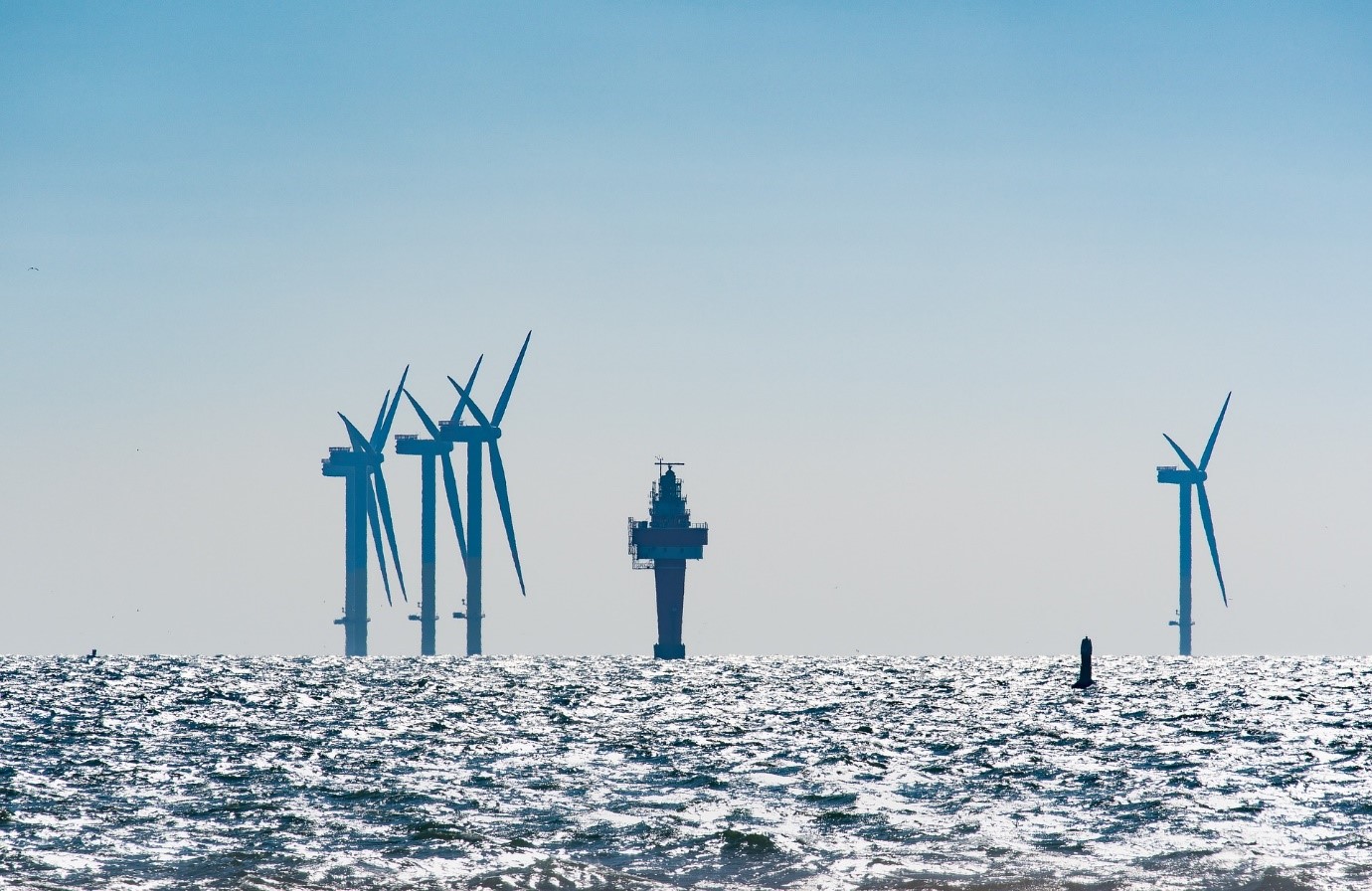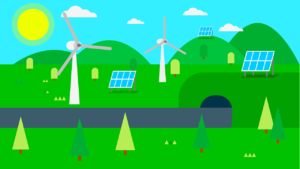Offshore turbines are used to harvest wind power and are installed in open sea areas where wind flow is much higher than the land. However, this brings up another challenge of installing and maintaining turbines in a sea bed as the depth for the foundation is a significant hurdle. Designers have come up with structural and economical designs for various depth levels and the nature of the surface of the sea bed. The design structure and installation involve the elevation of turbines above the sea bed. Design and cost vary significantly if a depth increases from 15 meters to 30 meters and beyond.
Challenges Of Maintenance:
It is usually costly when it comes to maintenance as long exposure to salty water. Units are more susceptible to humidity and sprays of salty water, resulting in corrosion and rusting. The cost to maintain the storage generators is also high as the winds are stronger, resulting in higher power generation. Another challenge is to deliver power from coastal or offshore plants to domestic or industrial areas. In a general operation and management (O&M), it is estimated that the cost of a turbine unit consists of the only 1/3rd of the total cost of a project. The rest of the amount is dedicated to the installation, repair, and maintenance of the plant over time. The material cost is higher as these units are much larger than onshore turbines.
Operation Costs Distribution:
The Expenditures Involved Are Distributed As:
Maintenance: 35-38%
License Fee: 10-13%
Port Activities: 28-33%
Operations: 15-18%
Miscellaneous: 3-5%
Considerations For Planning:
- Offshore Wind Characteristics
- Water Depth And Sea Currents
- Geographical Location
- Mechanical And Structural Design
- Material Consideration
Up to 30 per cent of offshore wind farms’ overall energy costs can account for operations and management costs. Therefore, enhanced and new solutions and technologies for the O&M of wind farms, wind turbines, and wind turbine modules would significantly contribute to cost reduction.
A competence and methodological approach which can help must constitute the following components:
- A thoroughly documented modelling of the operations and management phase
- Incorporation and optimization of various factors such as technical condition, operation, and a lifetime of turbines
- Estimated analysis of chances of failure and risk involved
- Strategies on optimized performance and cost-benefit analysis of various stages associated
Article by Salah M. Al for Epistle News



